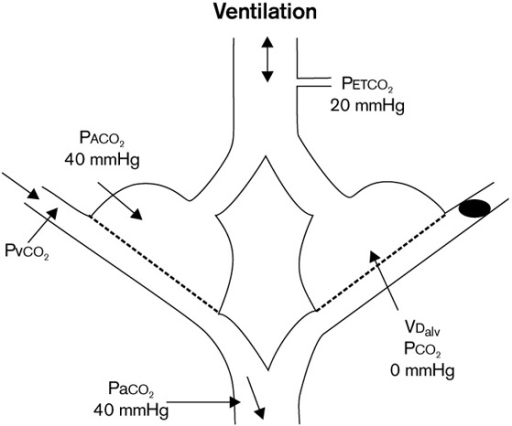

After ten minutes, arterial blood gas measurements showed a pH of 7.17, PaCO2 of 70 mmHg, and PaO2 of 68 mmHg. The patient’s calculated ideal body weight was 70 kg, Ppeak was 40 cmH2O, V’E was 7 l/min, and V’alv was 4.7 l/min as shown in Figures 1 and 2 below.īased on a goal of 6 ml/kg ideal body weight, the VT was reduced to 350 ml, and the set respiratory rate was increased from 14 b/min to 20 b/min to maintain the same V’E (7 l/min).The decrease in tidal volume was accompanied by a drop in peak pressure to 28 cmH2O and plateau pressure to 24 cmH2O. Arterial blood gas measurements obtained shortly after arrival were: pH 7.36, PaCO2 40 mmHg, and PaO2 65 mmHg. This patient, for example, was receiving volume-controlled breaths with a set VT of 500 ml at a rate of 14 b/min, an inspired fractional oxygen concentration of 0.60, and positive end expiratory pressure (PEEP) of 8 cmH2O. Determine the value of V’alv that helped to maintain or reach the desired level of PaCO2.


 0 kommentar(er)
0 kommentar(er)
